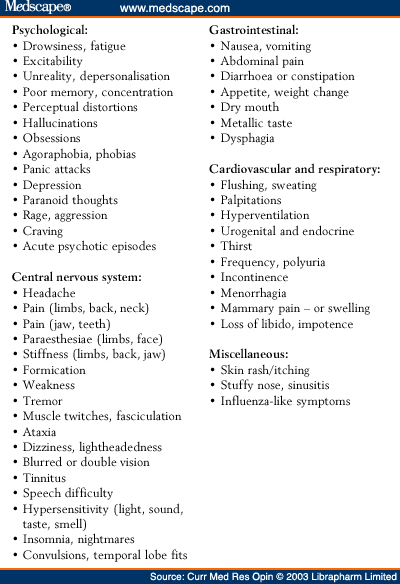
They may not intend to kill themselves, and occasionally may not even realise they are harming themselves until they begin to feel unwell.

Some people take higher-than-recommended doses of paracetamol for pain over several days. Those who have pre-planned may have stockpiled medication, sorted out their affairs (such as writing a will) and also written a suicide note. In some, the act of taking an overdose is a spur-of-the-moment thing, whilst in others it can be pre-planned. An overdose can also be taken accidentally - for example, toddlers and people with poor eyesight. This could be to end one's life or to cause serious self-harm. There are many reasons for someone to take an overdose. Over 150 people die each year as a result of a paracetamol overdose. It can lead to liver failure in a number of days, despite using medication to protect the liver. Paracetamol is the most common medicine taken in overdose. The NAPQI can then build up and damage the liver. However in overdose the stores of glutathione can be depleted so that there isn't enough to remove the increased amounts of NAPQI.

As a result a small amount of a toxic compound (n-acetyl-p-benzoquinone imine, or NAPQI) is formed in the liver but is quickly detoxified by a substance called glutathione.

About 20% of the medicine is processed in the intestinal wall and the remainder in the liver. After this, paracetamol is inactivated before being removed from the body. They will pass to the stomach and intestine into the body and lead to pain relief and lowering of a high temperature (fever). Paracetamol is usually taken by mouth and is available in various ways, such as in tablet, caplet, soluble and liquid forms.


 0 kommentar(er)
0 kommentar(er)
